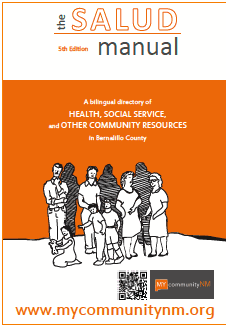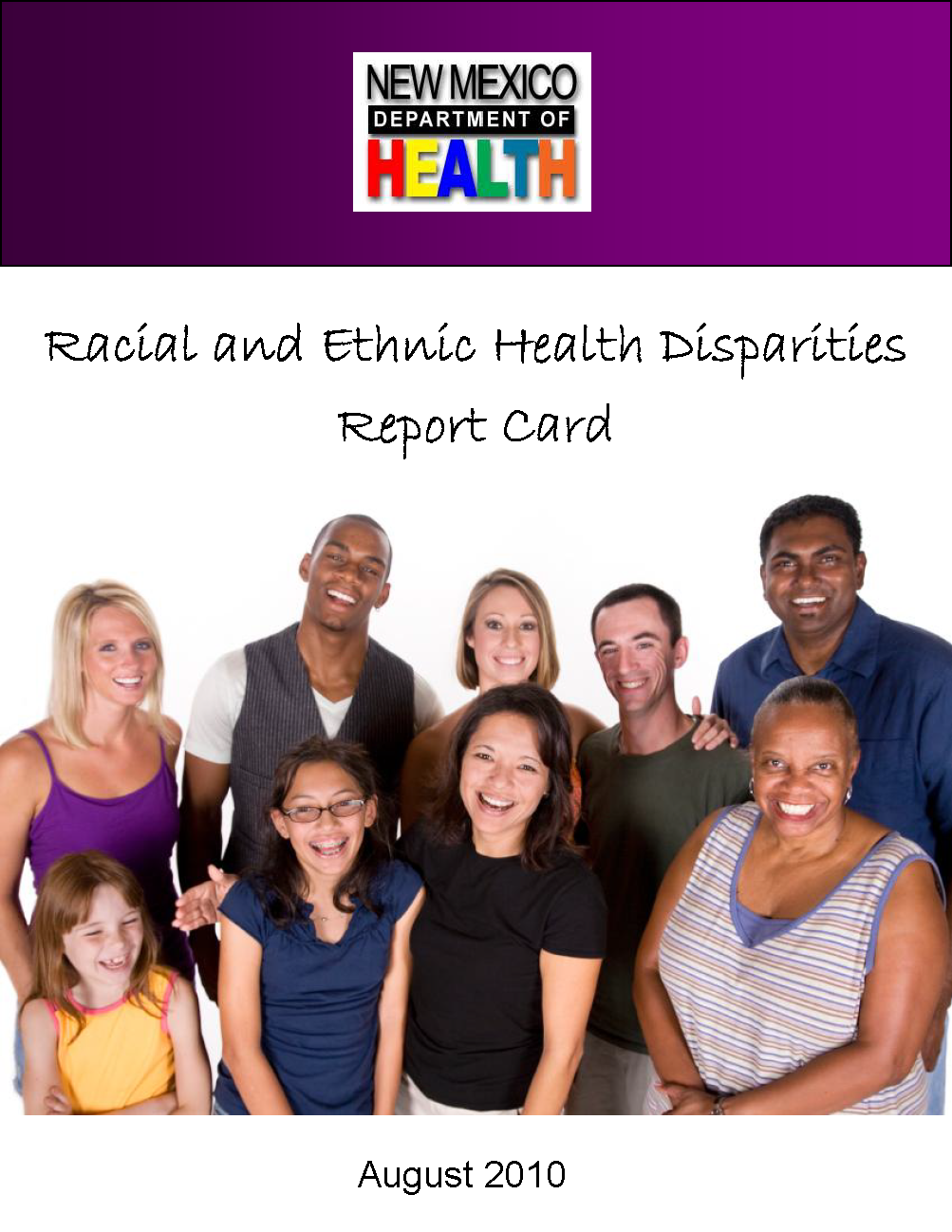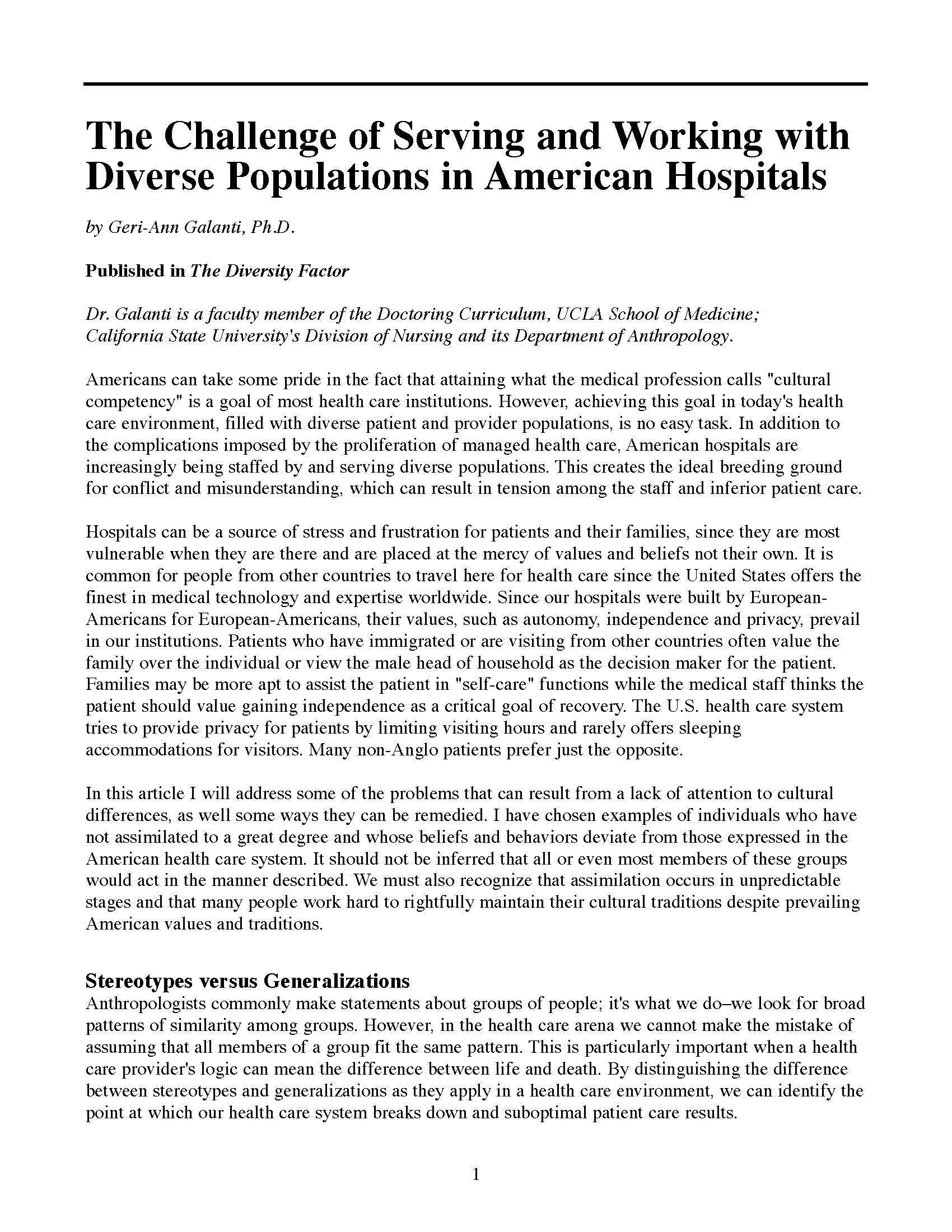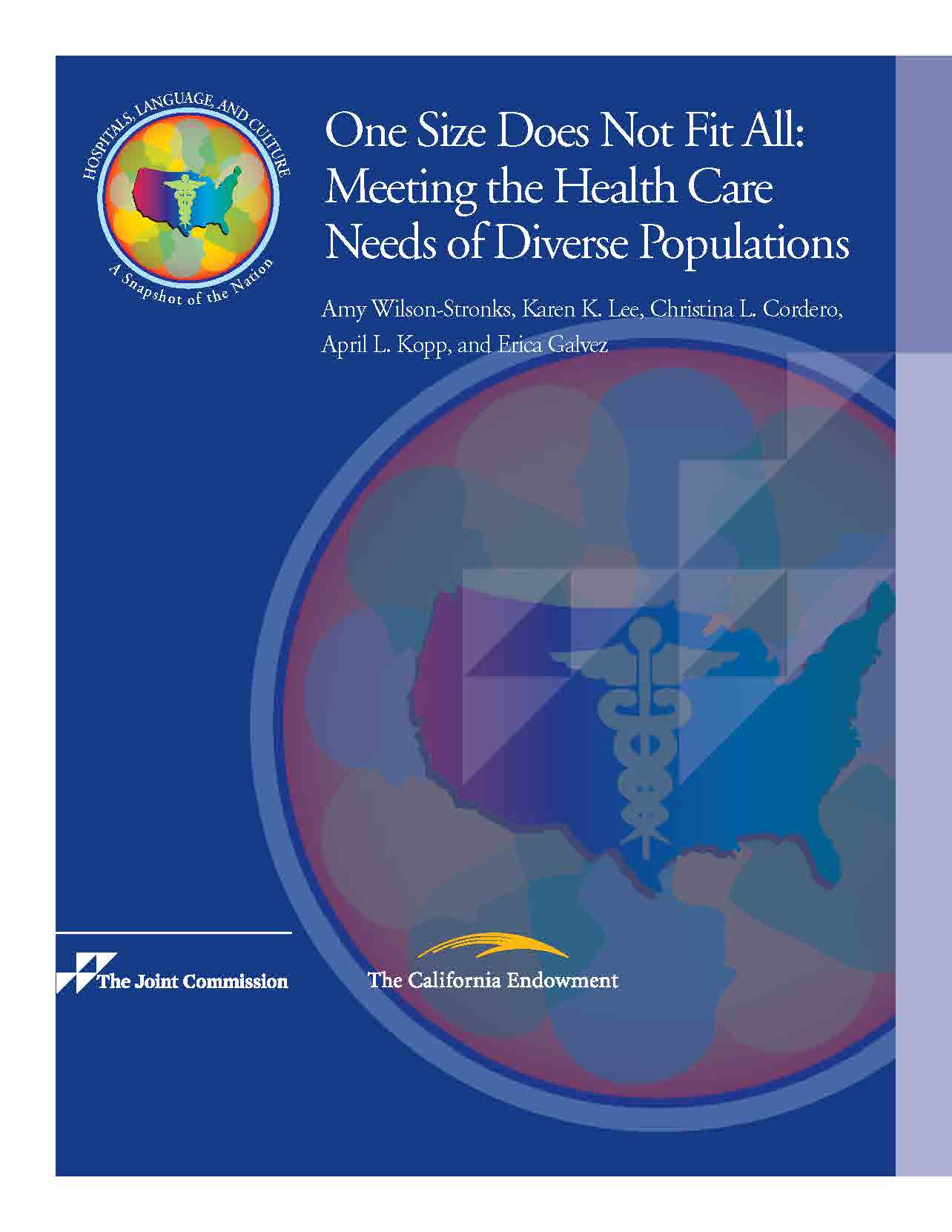
Determining Priorities: Listen Locally
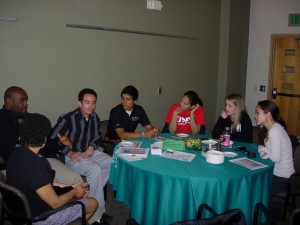 Expanding the traditional extension model of unidirectional flow of expertise from the University to communities, health extension enables 360 degree learning and exchange from practices back to the University and from community partners to the practice and back, to further inform and refine the model. In addition to strengthening the model, this enables greater effectiveness. A one-size-fits-all approach to practice transformation is ineffective for many states, where the mission and goals of a federally-funded clinic on an Indian reservation are different from those of an urban, private practice. Health extension engagement in practices is responsive to the unique aims and needs of each practice, and also linked to priority health needs and conditions of the locality and region. Further, health extension is embedded in communities –versus being “dispatched out” from the academic center for time limited interventions – enabling health extension to play a “conduit” role that serves a connecting and convening function to bridge external bodies, including universities and the state Department of Health, into a more coordinated community health effort that is linked to local primary care.
Expanding the traditional extension model of unidirectional flow of expertise from the University to communities, health extension enables 360 degree learning and exchange from practices back to the University and from community partners to the practice and back, to further inform and refine the model. In addition to strengthening the model, this enables greater effectiveness. A one-size-fits-all approach to practice transformation is ineffective for many states, where the mission and goals of a federally-funded clinic on an Indian reservation are different from those of an urban, private practice. Health extension engagement in practices is responsive to the unique aims and needs of each practice, and also linked to priority health needs and conditions of the locality and region. Further, health extension is embedded in communities –versus being “dispatched out” from the academic center for time limited interventions – enabling health extension to play a “conduit” role that serves a connecting and convening function to bridge external bodies, including universities and the state Department of Health, into a more coordinated community health effort that is linked to local primary care.
Community Competencies: Working Effectively Within Contexts
 Crucial is determining what is meant by “community” when wishing to work within diverse populations. Different from a geographic location, you cannot establish the issues by looking at quantitative data or speaking only to the leader of an organization. A race/ethnic population represents multiple and complex communities. You may be seeing in just one defined group multiple languages, cultures, socioeconomic classes and experiences of racism.
Crucial is determining what is meant by “community” when wishing to work within diverse populations. Different from a geographic location, you cannot establish the issues by looking at quantitative data or speaking only to the leader of an organization. A race/ethnic population represents multiple and complex communities. You may be seeing in just one defined group multiple languages, cultures, socioeconomic classes and experiences of racism.
The different experiences of racism have a lasting impact on how the groups interact with health institutions: seeking services, collaborating with or participating in initiatives, or understanding and accepting institutional strategies. Not to mention the various historical experiences that contributes to distrust of institutions.
For so long diverse populations have had to utilize alternative methods of change and action. This has developed into significant strengths in meeting the needs of the community. Institutions and those working in institutions have difficulty working within these methods or fail to see them as strengths. Health extension can help institutions to see the strengths in methods diverse groups have developed. Additionally they can call attention to the structural barriers placed against these groups.
Experiences from New Mexico as a Diverse State
Salud Manual: Community Health Resources
Addressing the health of diverse populations for New Mexico is imperative given the fact that approximately 57% are racial/ethnic minorities, according to the 2010 Census. The largest ethnic group is Latinos followed by Native Americans, African Americans, Asians and other minority groups. New Mexico’s racial/ethnic communities disproportionately suffer from chronic conditions such as diabetes, obesity, cancer, mental illness or drug abuse. These health differences are closely linked with social or economic disadvantages. These disadvantages are primarily due to structural inequities including institutional racism that still prevails and manifests itself in various overt and covert actions. It is critical that governmental and private entities begin addressing these racial/ethnic health inequities by investing in and developing minority leaders, using data for strategic planning and resource allocation to improve health and making systems and policy change.
HEROs, in addition to being “generalist” community health practitioners, also have unique speciality expertise about the health issues of their community. Click on any of the topic areas below to learn more about New Mexico’s experience:
Related Literature & Tools
Other Useful Websites


